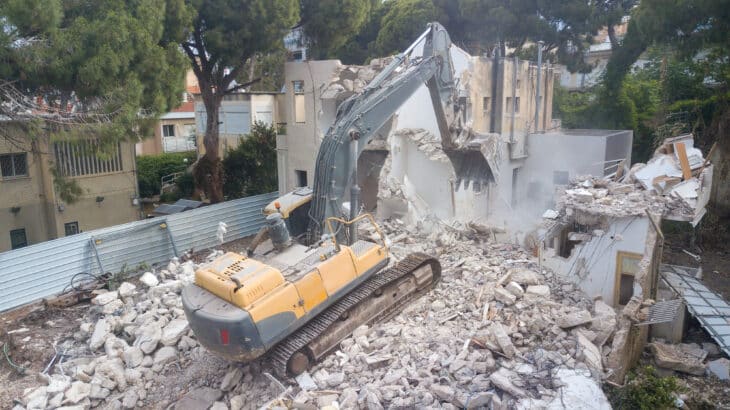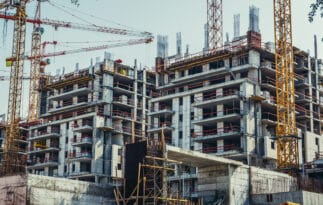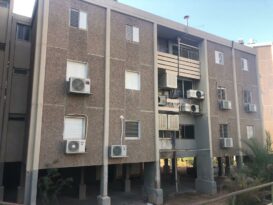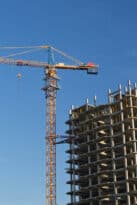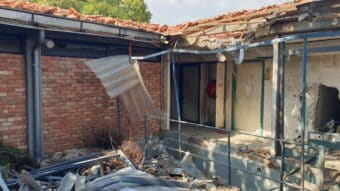Despite a slow market and widespread financing deals for new apartments, it’s actually “pinui-binui” projects that are driving the sharp increase in second-hand home prices in Israel. A review by Bank Hapoalim explains that the potential for urban renewal is distorting statistical price measurements. “A three-room apartment in an old building on the fourth floor without an elevator, slated for demolition, is often priced based on the future value of the apartment that will replace it.”
By Dror Neer Kastel, Nadlan Center
Last week, Israel’s Central Bureau of Statistics (CBS) reported an additional 1% increase in housing prices, pushing the annual rate of increase to 7.5%. In its weekly report published Sunday, Bank Hapoalim suggested that the rise in second-hand apartment prices in Israel is not necessarily due to developer financing incentives, but rather the effects of urban renewal projects in Israel, known as “pinui-binui,” which literally translates to evacuation-reconstruction.
The review notes that the recent surge in housing prices has raised eyebrows in the industry, particularly given the slowdown in transactions over the past few months and the high number of unsold new apartments. When it comes to new homes, one explanation is that the CBS price indexes don’t reflect the financing deals offered by developers, relying instead on the sale prices reported to the tax authorities. If most of the payment is deferred until delivery, without interest or linkage, it effectively means the buyer is getting a significant discount. While Bank Hapoalim sees this as a reasonable point, it argues that it still doesn’t explain the even sharper rise in second-hand apartment prices.
According to the bank, there are additional factors that may be contributing to the increase in second-hand home prices. The CBS calculates housing prices using attributes like size, location, floor level, and year of construction. However, it doesn’t take into account the property’s potential for redevelopment through pinui-binui projects in Israel. For example, a three-room apartment in an old building on the fourth floor with no elevator—slated for demolition—is often priced today based on the future value of the new apartment that will replace it. Yet in CBS surveys, it’s still treated as if it were just another old apartment.
As pinui-binui projects in Israel become more common, analysts at Bank Hapoalim suggest that these developments may be creating an upward distortion in how second-hand home prices are measured.
